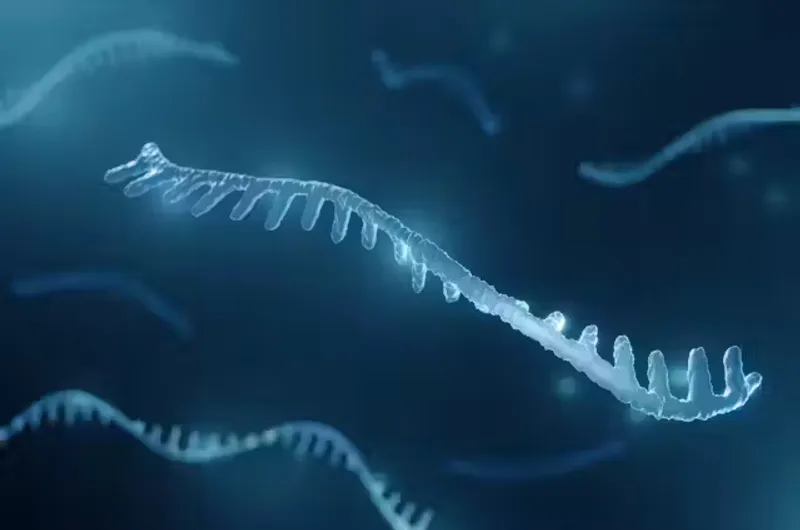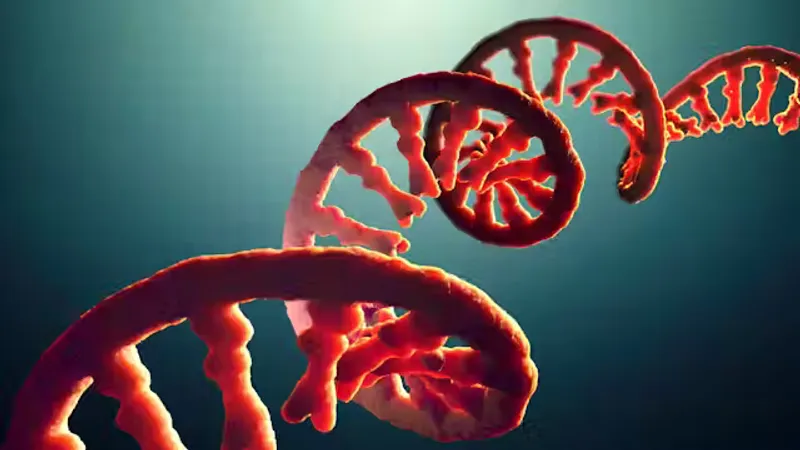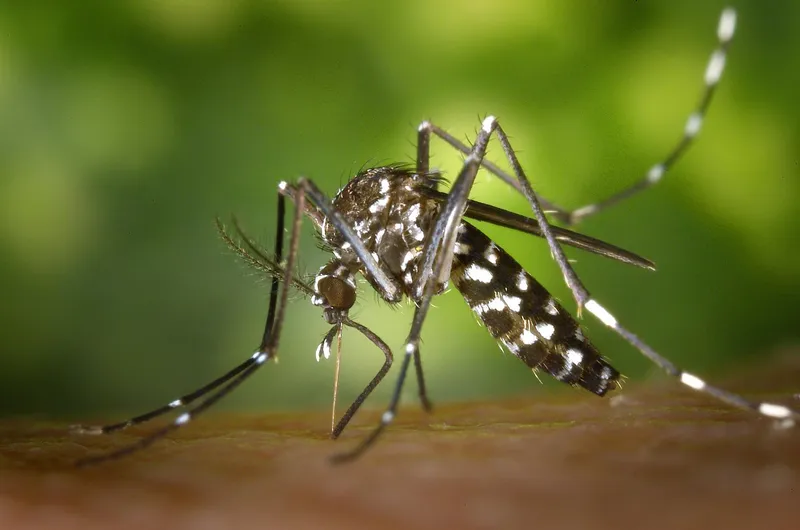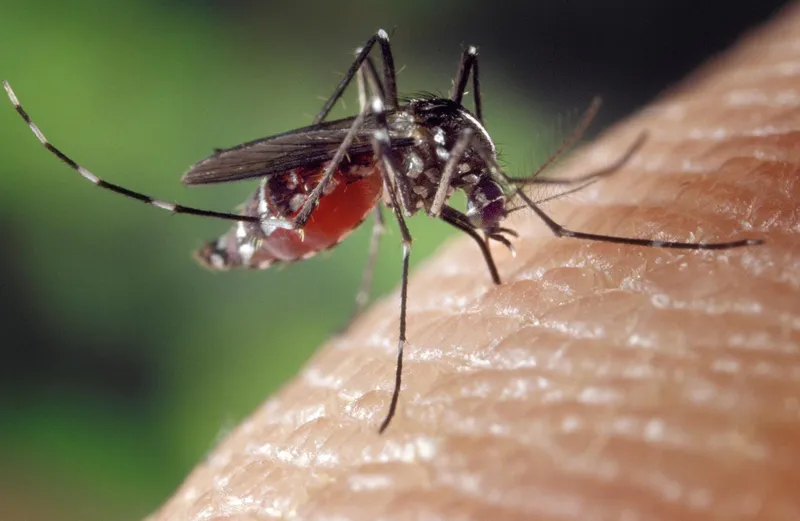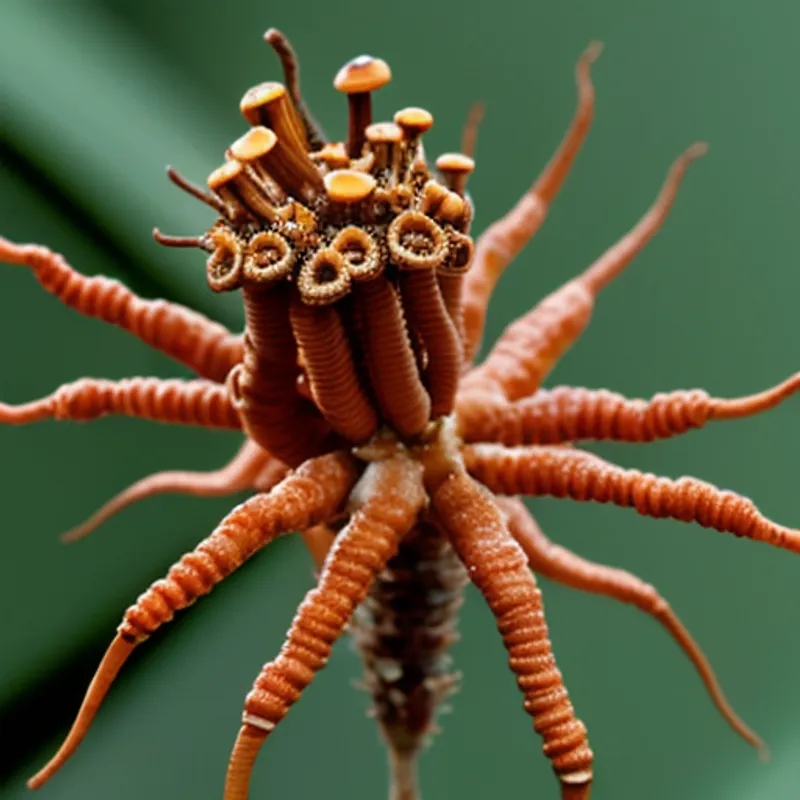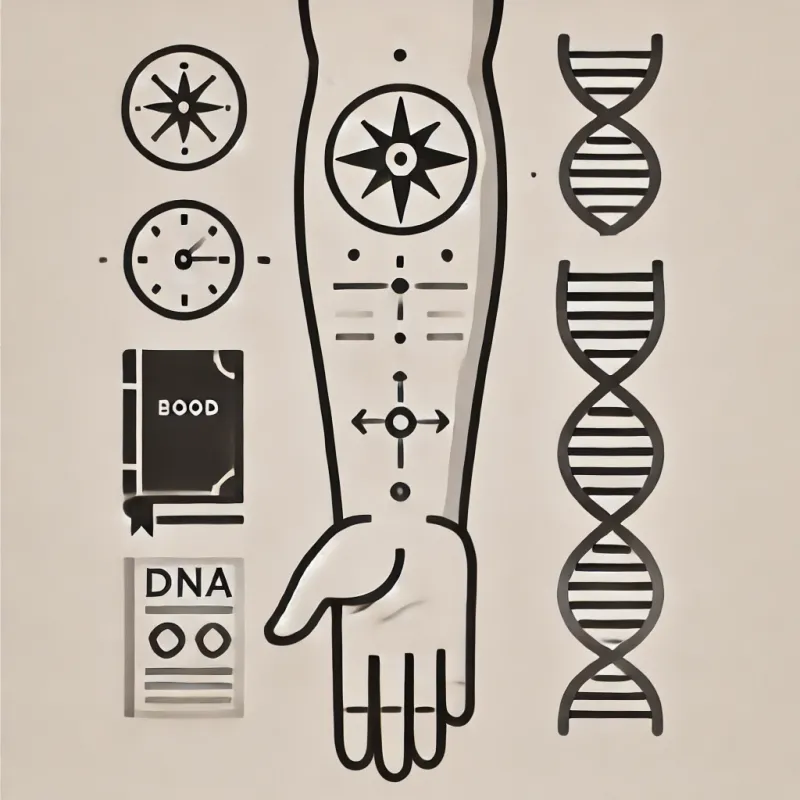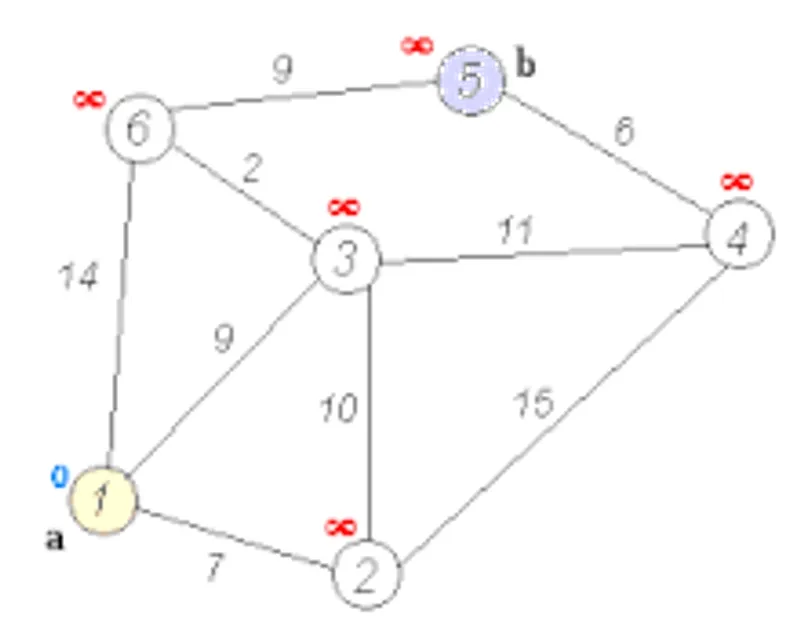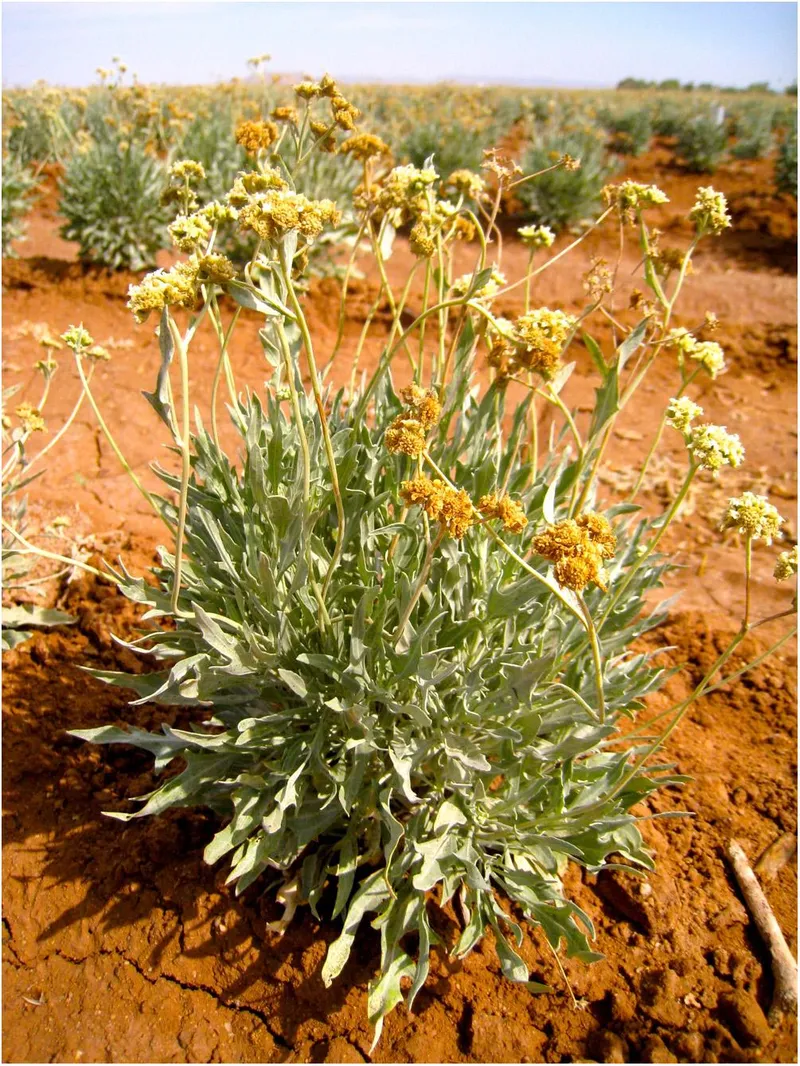Published on OCT 24 2024 by James Smith
Bats in Lillooet BC seem to be immune to white nose syndrome
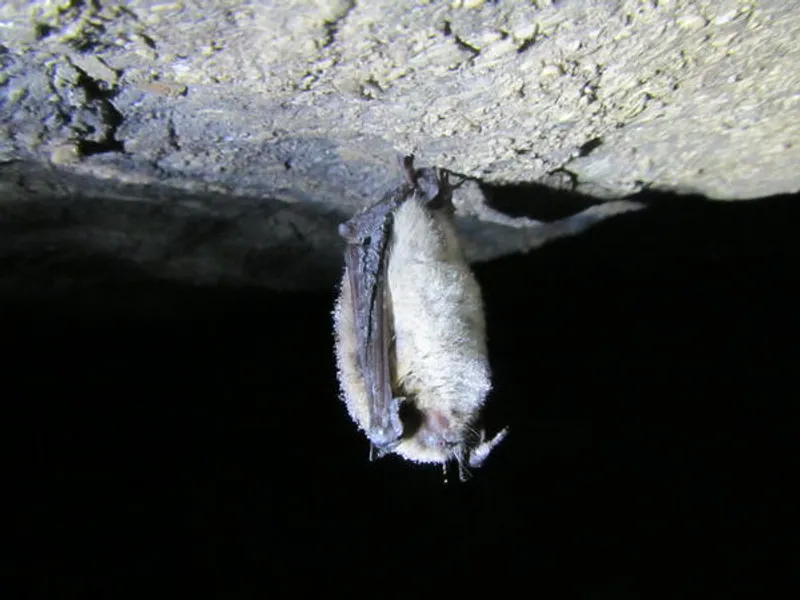
According to the US Geographical Survey White Nose Syndrome (WNS) is decimating bat communities across North America. While there may be a vaccine in the works, scientists from McMaster and Thompson River Universities are investigating a population of bats in Western Canada that seem to have immunity.
Through a process known as DNA metabarcoding, they have been able to study the community of microorganisms (microbiome) on the wings of bats in Lillooet BC. The area is relatively isolated due to the surrounding Rocky Mountains and thus so are its population of bats.
The study suggests WNS could be controlled in other populations by introducing the Delftia bacterium to their wings.
The Role of Microbiomes in Bat Wing Health: Insights from Western Canada
Bats, known for their ecological importance as insect predators, face significant threats from white-nose syndrome (WNS), a deadly fungal disease caused by Pseudogymnoascus destructans (Pd). This syndrome has devastated bat populations across North America since its discovery in 2006. Research increasingly highlights the role of the skin microbiome in influencing bats’ susceptibility to this disease. However, little is known about the skin microbiome of bats in western Canada, a region not yet severely impacted by WNS.
Understanding Bat Wing Microbiomes
Microbiomes are communities of bacteria and fungi that live symbiotically on the skin and other surfaces of organisms. On bat wings, these microorganisms can offer protection by producing antifungal compounds or competing with pathogens. Researchers in Lillooet, British Columbia, investigated the microbiomes of three common bat species: the big brown bat (Eptesicus fuscus), little brown myotis (Myotis lucifugus), and Yuma myotis (Myotis yumanensis). By analyzing bacterial and fungal DNA using metabarcoding, the team uncovered a rich diversity of microorganisms, revealing potential implications for bat health and WNS management.
Key Findings
Microbial Diversity:
- Bacterial communities included over 4,000 unique variants (ASVs) from phyla such as Proteobacteria and Firmicutes, with genera like Delftia and Pseudomonas being common.
- Fungal communities showed even greater diversity, with over 11,000 ASVs, dominated by Ascomycota and Basidiomycota. Genera such as Cladosporium and Aspergillus were prevalent.
Influence of Species and Location:
- Microbial diversity varied by bat species and field site, suggesting that local environments and ecological behaviors influence microbiome composition.
Antifungal Potential:
- Certain bacteria, such as Pseudomonas and Corynebacterium, known for their antifungal properties, could play a role in defending bats against Pd infection.
Correlation Patterns:
- Complex interactions between bacterial and fungal communities were observed, including both positive and negative relationships in abundance, potentially reflecting competition or symbiosis.
Implications for Bat Conservation
This study offers insights into the microbiomes of bats in a region yet to face widespread WNS outbreaks. By understanding the baseline microbial composition of healthy bats, researchers can identify protective microbial species that might mitigate WNS impacts. This information could guide conservation strategies, such as microbiome engineering, to enhance bats’ resistance to Pd.
The findings underscore the importance of preserving healthy microbiomes on bat wings. With further research, these microbial communities could become a key tool in the fight against WNS, ensuring the survival of bats in western Canada and beyond. Protecting bats not only preserves biodiversity but also supports ecosystems and agriculture by maintaining natural pest control.
Read the original study
Written by James Smith
← Home